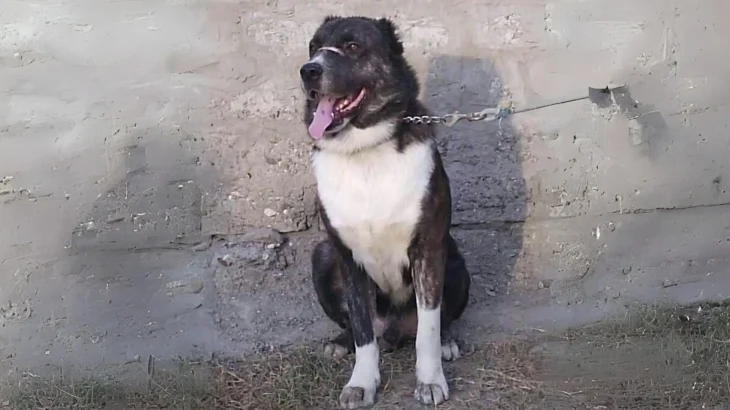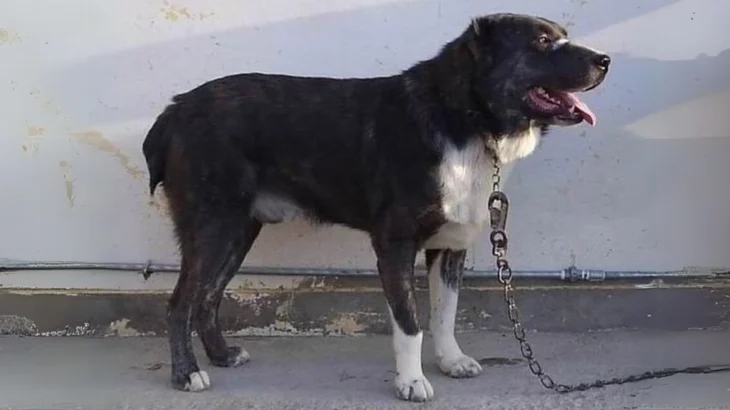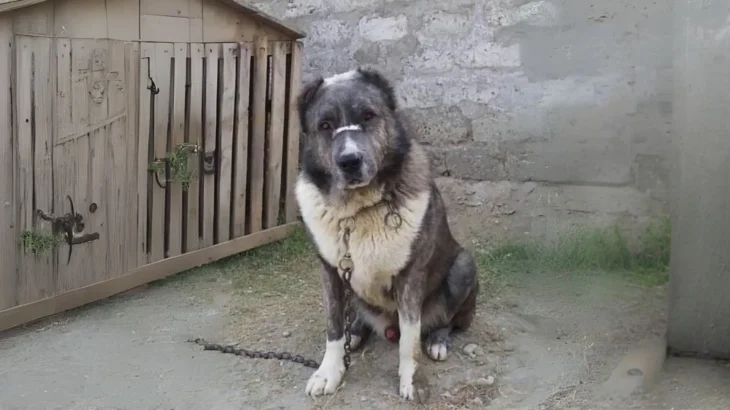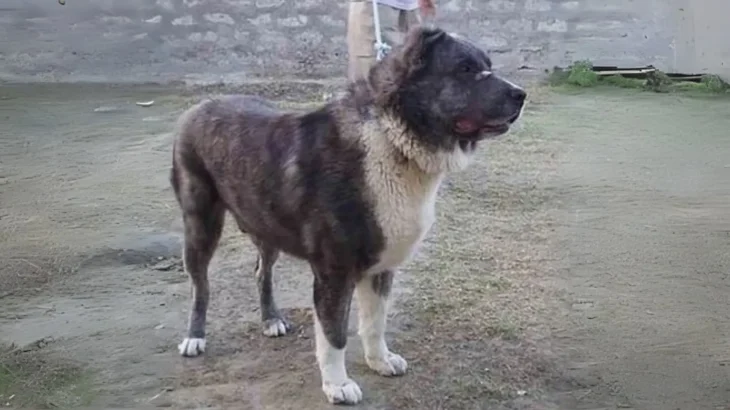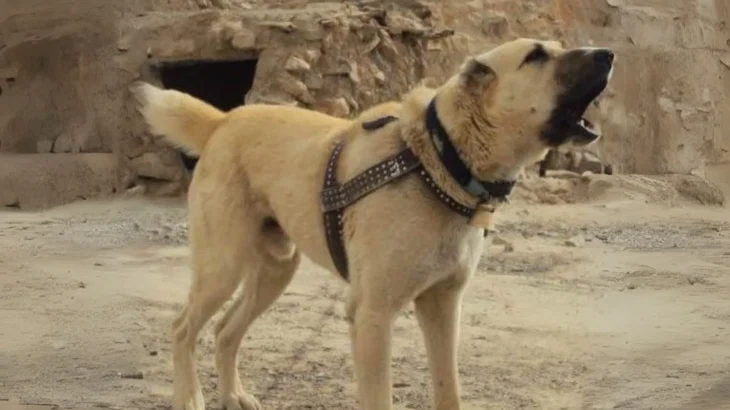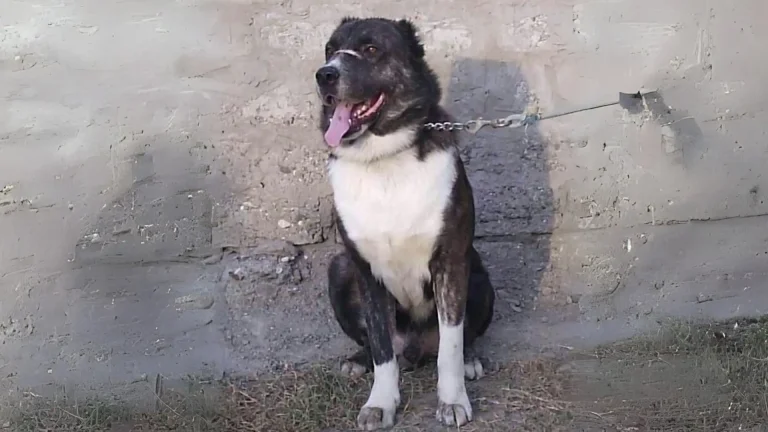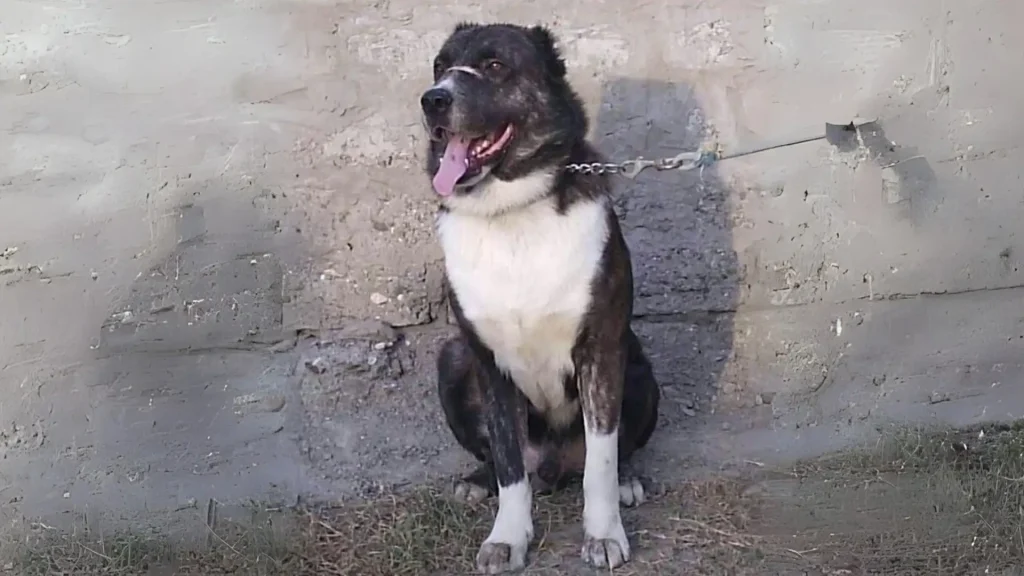Choosing between adopting or purchasing a Kuchi puppy depends on your priorities regarding health information, cost, and ethical values. Buying from a breeder usually offers clearer health and pedigree details, while adoption lets you give a loving home and support animal welfare. Both approaches have their own benefits based on what matters most to you as a future Kuchi owner.
Adoption vs. Breeder: Pros & Cons
| Criteria | Buying from Breeder | Adopting from Shelter/Rescue |
|---|---|---|
| Cost | Generally higher, reflecting breed purity and breeder care. | Lower fees, often covering vaccinations and spay/neuter. |
| Health History | More comprehensive health screening and genetic info. | Health history may be limited; basic health checks typical. |
| Age Availability | Mostly puppies for early bonding and training. | Variety of ages: puppies, adults, seniors. |
| Temperament Insight | Breeders usually share lineage-based temperament traits. | Shelter staff can share behavior observations; background often unknown. |
| Supporting Practices | Supports responsible breeding programs; choose reputable breeders. | Supports animal welfare by rescuing dogs and lowering shelter populations. |
| Ethical Considerations | Risk of supporting puppy mills if breeder isn't reputable; requires care. | Promotes saving lives and giving homes to dogs in need. |

